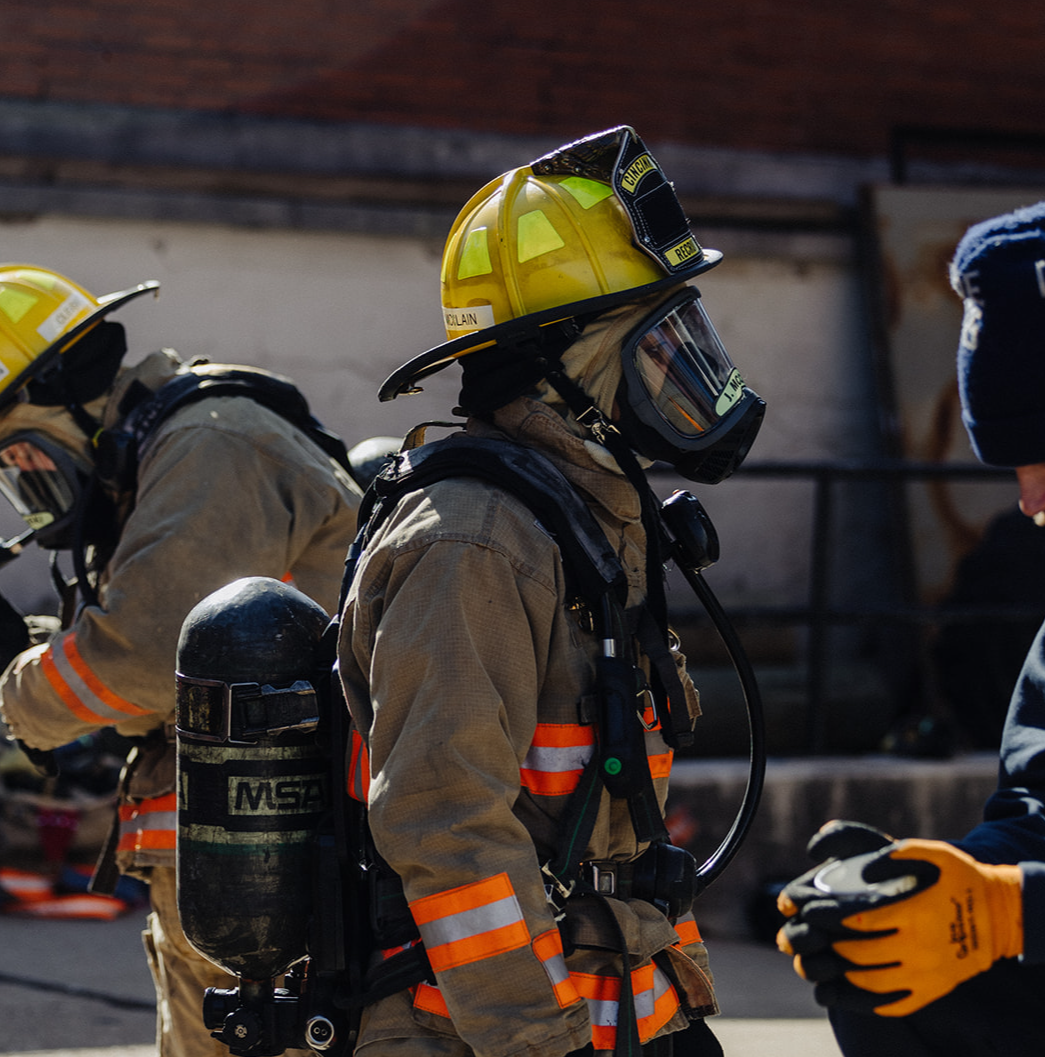Firefighter Job Duties and Salary
Responding to Emergency Situations
Emergency calls can cover many things - brush fires, structure fires, automobile accidents, life-threatening medical emergencies, non-life-threatening medical calls, false alarms and other hazardous situations. All must be responded to with the same speed and professionalism.
Firefighters must immediately evaluate each emergency upon arrival- including the properties of the fire, the probability of the fire spreading, the needs of victims, medical conditions, the effects of weather conditions, etc.- to effectively deal with the emergency.
Once on an emergency scene, firefighters are responsible for gathering information from witnesses and other sources. It is critical that the firefighter thinks quickly and obtains the appropriate information to deal with each unique situation.
Firefighters must intimately coordinate their activities and work as a team. This includes those firefighters working directly with the emergency, those directing the activity, and those standing by to relieve other firefighters.
Emergency response calls can come in at any time of the day or night and must be responded to immediately. Sleep may be frequently interrupted.
Emergency Medical Treatment
Cincinnati firefighters also serve as the City's emergency medical responders. For this, all firefighters are required to be certified by the state of Ohio emergency medical technicians (EMTs) as a condition of employment. Firefighter recruits who do not already possess the certification can complete the required training as part of fire recruit school.
The City of Cincinnati provides advanced life support by ensuring at least one paramedic is present for all emergency responses. While firefighters are not currently required to become paramedics, the City currently offers in-house training and additional pay for those who already possess or complete the certification.
Salary Information (contract valid through 12/5/2026)

